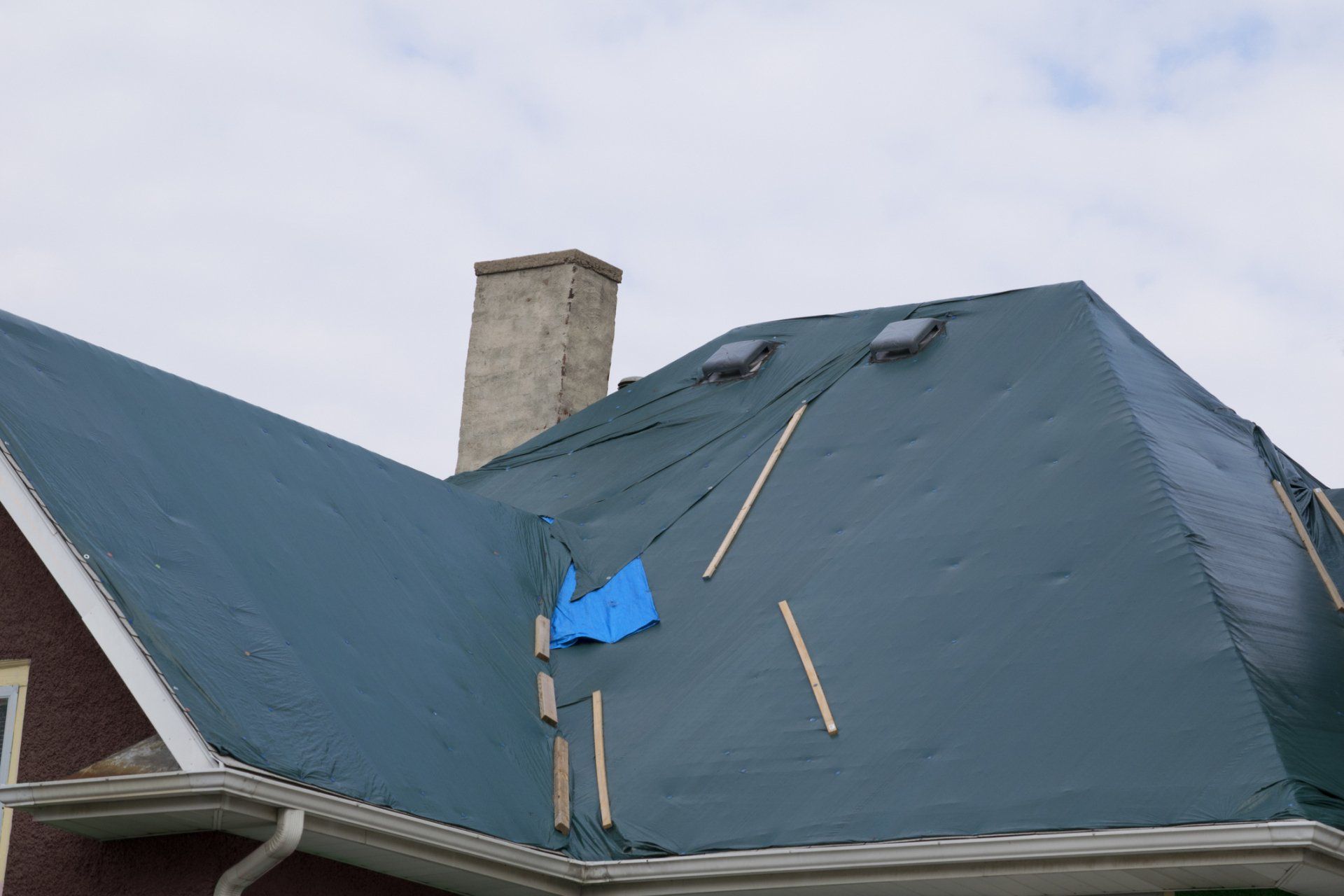Free Estimates | Call Us Today
How to tell if a roof needs replacing?
Age of Roof
The first thing to consider when determining if your roof needs replacing is to find out how old it is. Most roofs have a lifespan of 20 years. So if your roof is older than that, you may need to replace it. Different roofs have different lifespans on average, for example, a metal roof will last longer on average than a shingle roof.
Roof Material
The type of roof you have installed will also determine if you need a roof replacement. Different materials last a different amount of time. Shingle roofs are the most common and come in many different varieties of shingles. Their lifespan is contingent on the type of shingle and how it was installed. A roofing warranty is also a good indicator as to whether or not your roof needs replacing. The longer the warranty, generally means that you may need a replacement sooner rather than later.
- Asphalt Shingle Roofs: 22-28 years
- Metal Roofs: 40-70 years
- Slate Roofs: 75 to 200 years
- Tile Roofs: 50 to 100 years
- Rubber Roofs: 40 and 50 years
- Wood Shakes and Cedar Shingles: 30 years
Squishy, Saggy, or Droopy Spots
When walking on your roof, notice if there are any squishy or saggy spots. When you step upon these areas, the material crushes down and does not spring back up. If there are more than one of these areas in a concentrated area, then it is probably time for a roof replacement. When your roof leaks and the underlying wood sheathing gets wet, it rots and weakens, which causes it to sag and to be squishy. As a result if you notice these squishy or droopy spots on your roof, it indicates your roof is leaking and should be replaced.
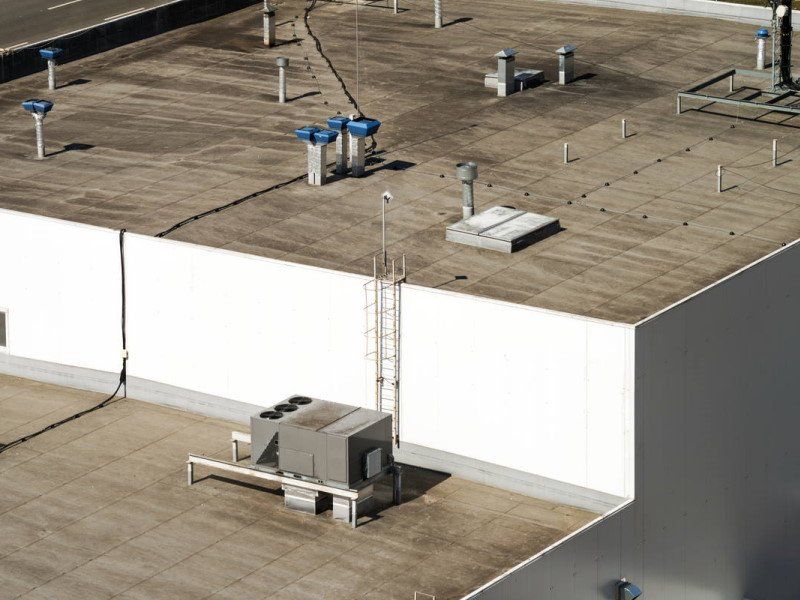
Your Roof is Leaking
Another way to find out if you need a roof replacement is if you notice your roof leaking. It will be fairly obvious if this happens, but what may not be so obvious is where the leak is, or how big of an area is affected by it. If you notice that there are multiple places on your roof that are leaking, you might just need to replace the whole thing. If it's just one spot and the rest of the roof is in decent condition, it's more than possible to repair that one spot and leave the rest of the roof alone. However, with multiple leaks, it is usually advisable to replace the whole roof.
Some other signs of leaking include patches of your ceiling or walls that are wet and discolored, water stains on the ceiling or walls, mold spots due to excessive moisture, and black streaks running down your ceiling. These black streaks are actually molded, and the presence of them is a sign that you have a leak.
There's Growth on Your Roof
There can be five different types of growth that occur on your roof.
1. Algae
When there is too much moisture on the roof, which causes algae to grow. You can tell that algae is growing along your roof by its color. Algae are green, so if you see patches of green on your roof, it's a sign that you need to clean it off before algae really start to gather. The sooner you respond to the algae growth the less damage it will do.
2. Mold
Mold on your roof is a more serious problem than algae. Mold growth is usually on the surface of your shingles and can be black, white, brown, or gray in color. Unlike algae that sit on top of the roof, mold damages the underlying material creating weak spots that become sagging and squishy. It also destroys any granules (like gravel) on your asphalt shingles. Mold is a very serious problem that you need to respond to ASAP because replacing your roof is cheaper than replacing your roof and having to remodel your home due to water damages.
3. Moss
Moss can grow on your roof just like algae. Moss is more of a problem than algae because it not only looks bad but it coats your roof in a substance that makes it even more slippery when wet. If you have moss, then you need to remove the moss and any growth mats before they create too dangerous conditions for anyone on your roof.
4. Lichen
Litchen is a type of moss that grows in colder climates. Litchen can grow on your roof just like moss, algae, and mold. It is more of a problem than moss because it also coats the roof in a substance that makes it slippery when wet. This substance can potentially ruin your shingles as well as create dangerous conditions for you or your loved ones walking on the roof to clean it.
5. Mildew
Mildew grows on your roof just like algae and mold. Mildew is more of a problem than algae because it can grow on most surfaces, including wood. It also produces an extremely unpleasant smell and stains the affected materials. If you see patches of black mildew on your roof, respond immediately to make sure it doesn't spread and become a larger problem. Mildew will damage the underlying materials of your roof if left alone to grow.
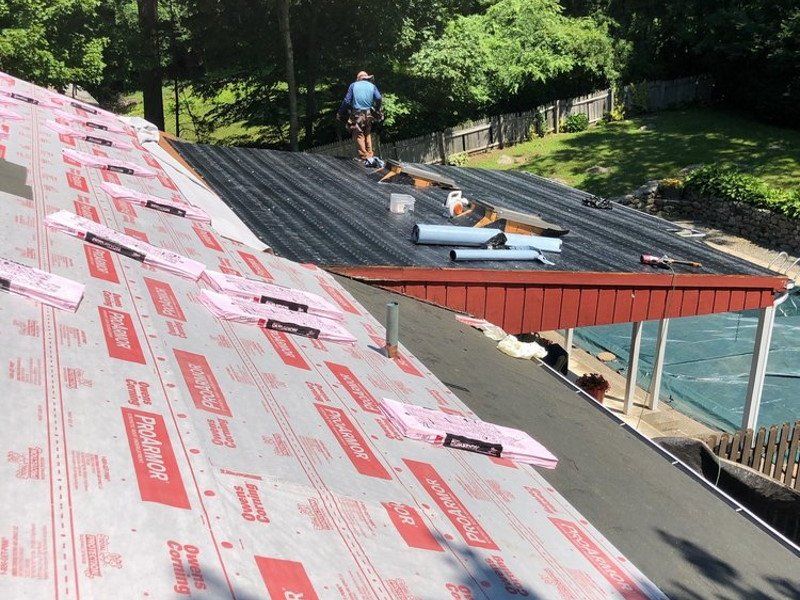
Damaged Flashing
Damaged flashing can lead to water leaks in your roof. Flashing is the metal strips put around things like pipes and vents that make contact with your roof. If they are damaged, water can get into your roof which will eventually cause damage to the underlying materials if left untreated. Though it may be hard to identify faulty flashing at first glance, you need to look out for bent, twisted, poorly installed, cracked, or missing flashing around seams, chimneys, attic vents, and plumbing vents. Damaged flashing can result in leaks that can cost you a lot of money to repair.
Cracked, Curled, Loose, or Missing Shingles
If your shingles are cracked, curled, loose, or missing, then they can let a lot of water through the roofing barrier and into the sunroof where it causes massive damage. Damaged shingles have to be fixed or replaced as soon as possible. If your shingles are not sealed with roofing cement, then the sealant has worn off which is why they are likely cracked, curled, loose, or missing. The most important thing you need to do is replace the shingles before the water gets into your roof system and damages it. If you see damaged shingles on your roof, you are almost guaranteed to have roof leaks which could cost massive damage throughout your home or business.
Exposed Nails
Exposed nails are a sign of roof wear and tear that you need to look out for. If your nails are sticking through the shingles, then they aren't doing their job of holding the roof down. When you see exposed nails on your roof, you should evaluate what is going on with the nails and make sure that there's no damage like rust or missing parts before you walk on them. Exposed nails can also cause leaking, which can lead to costly damage repairs if left in effect. If you see exposed nails, it's a sign that leaking has already occurred in that area, and if it's serious, you might have to replace or repair your roof. At the very least, you must correct the exposed nails ASAP.
Damaged surfaces
If your roof shingles have been severely damaged, or your metal roof has cracks or dents, then you need to replace it ASAP. Shingles are the most visible parts of your roof system and they can show signs of aging and wear. If they look damaged, then you might need a new roofing installation. Wood roofs also have an expiration date and if left untreated, will rot and become extremely dangerous with potential leaks everywhere. Look for obvious signs of roof material wear and tear.
Missing Granules
Missing granules is a big sign that your roof needs to be replaced. These granules are tiny pieces of sand that coat the surface of your shingles. They protect the underlying layer from UV rays, water damage, wear and tear, and other factors. If all these are gone, it's time to replace your roof because you no longer have protection against water damage or other elements.
There Are Dark Streaks
Dark streaks on your roof indicate that your roof is leaking. If you step outside and look at your roof in the morning, you will see dark streaks of dirt if there are water leaks on your roof system during the night because it drips down to the surface when it's dry. These dark streaks on your roof are actually a form of algae growth, most commonly algae known as gloeocapsa magma. As previously discussed on this page, algae growth on your roof can be quite serious and indicative of more problems. Algae growth on a roof causes damage to the shingles and can cause leaks that lead to massive damage within your home.
Conclusion
It’s important to know when your roof needs more than just a simple repair. A good rule of thumb is that if the damage is significant or it has been leaking for an extended period, then you need to call in professional roofers for detailed assessment and roof repairs. If you are wondering whether now is the time for a new roof but aren't sure what signs to look out for, give us a call today so we can help answer any questions about how long roofs last and which materials are best at different weather conditions. We provide free estimates with all our services so there's no obligation on your part! Call us today!
Read More About Roofing!
Southern Roofing Systems is one of the fastest growing coalitions of roofing services acros the United States Southeast. We provide everything from residential services to commercial services.
OUR SERVICES
Southern Roofing Systems is a Marketing Brand with Roofers Across the Southeastern United States | All Rights Reserved

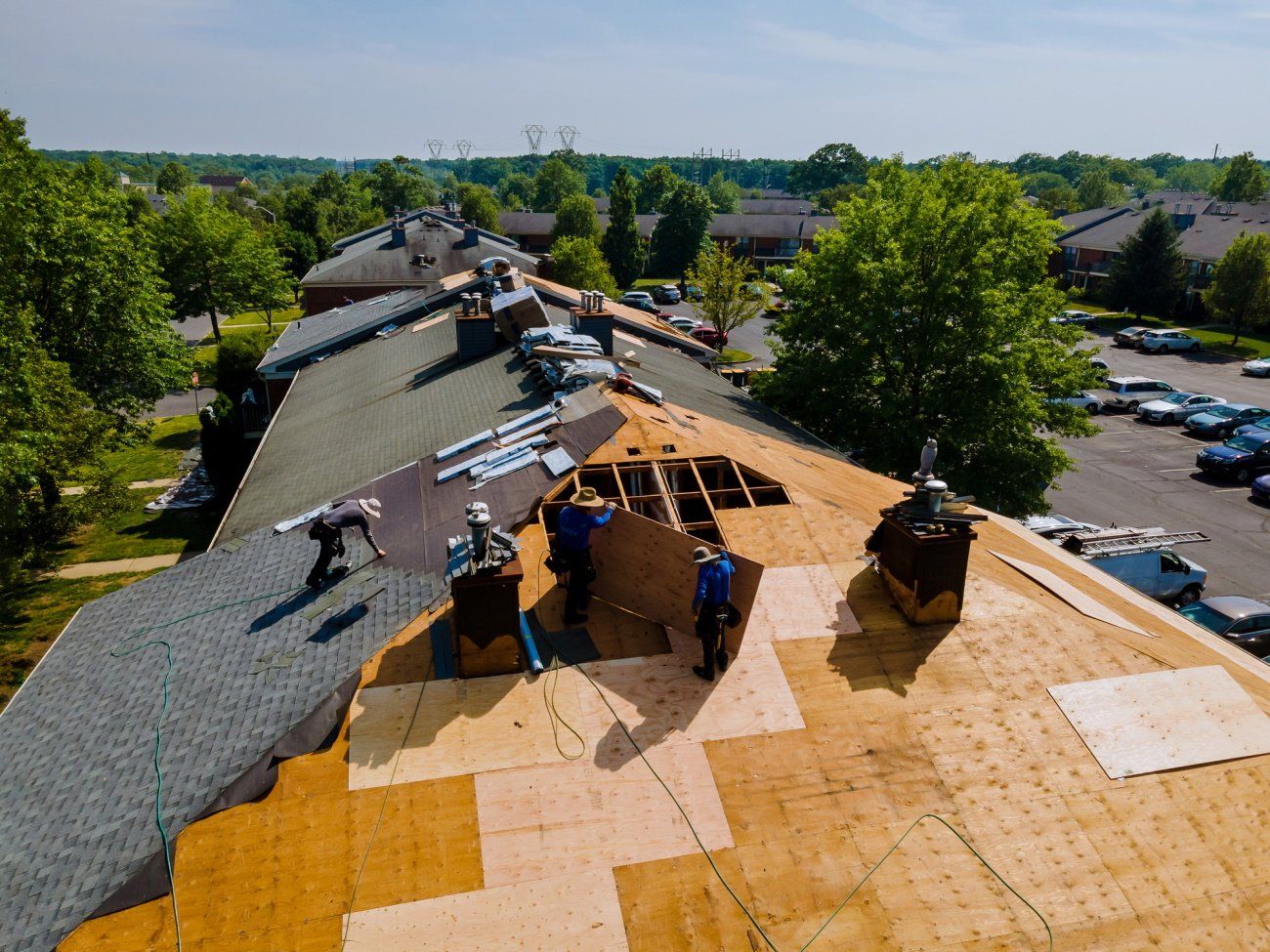
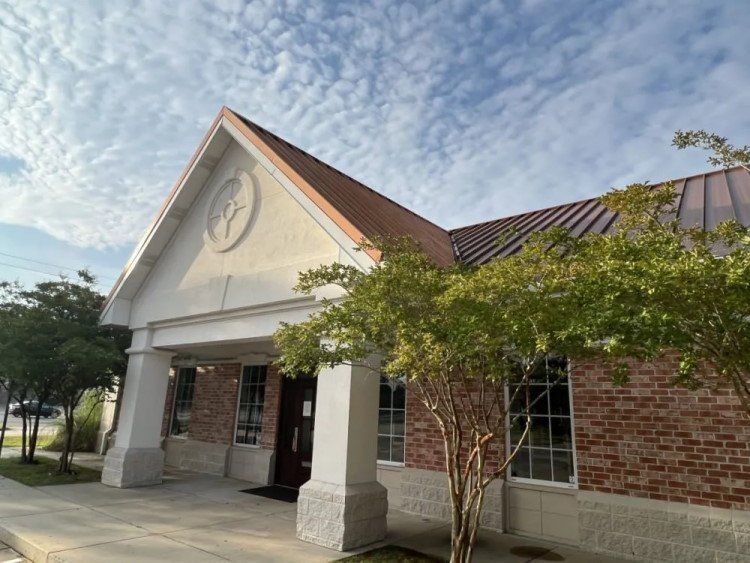
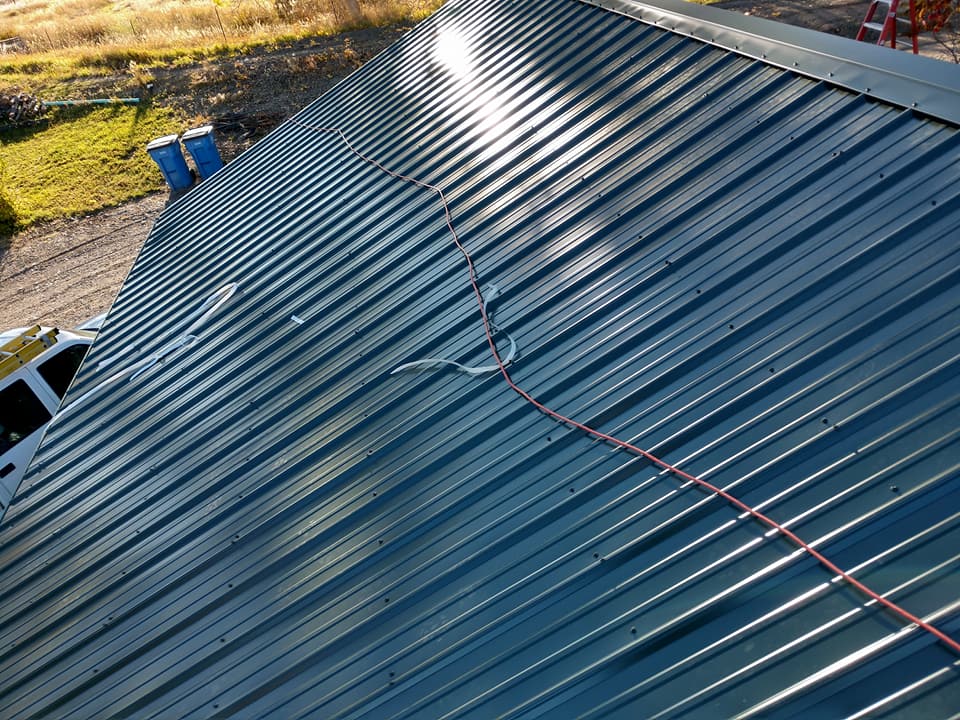

![What Is Torch Down Roofing? [Benefits and Downsides]](https://lirp.cdn-website.com/d89ea654/dms3rep/multi/opt/iStock-1092069734-6690c8ea-1920w.jpg)
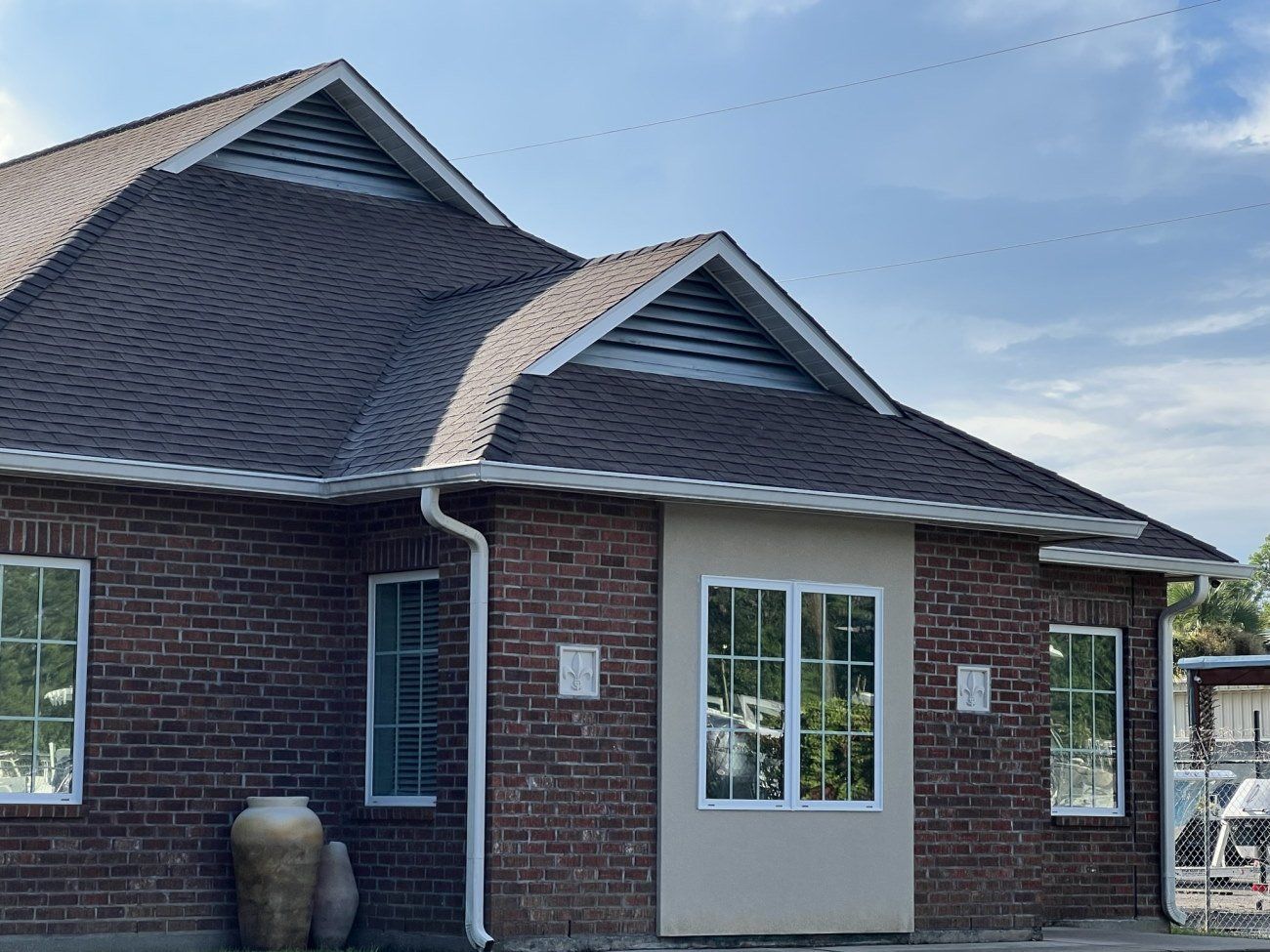
![How to Remove Moss from Your Roof [The Ultimate Guide]](https://lirp.cdn-website.com/d89ea654/dms3rep/multi/opt/older+roof+in+need+of+roof+repair+in+Orange+Beach-1920w.JPEG)
